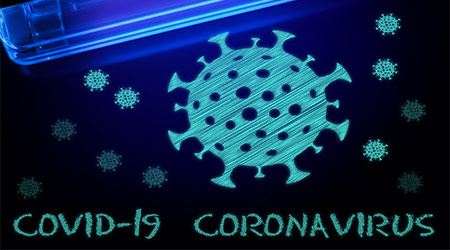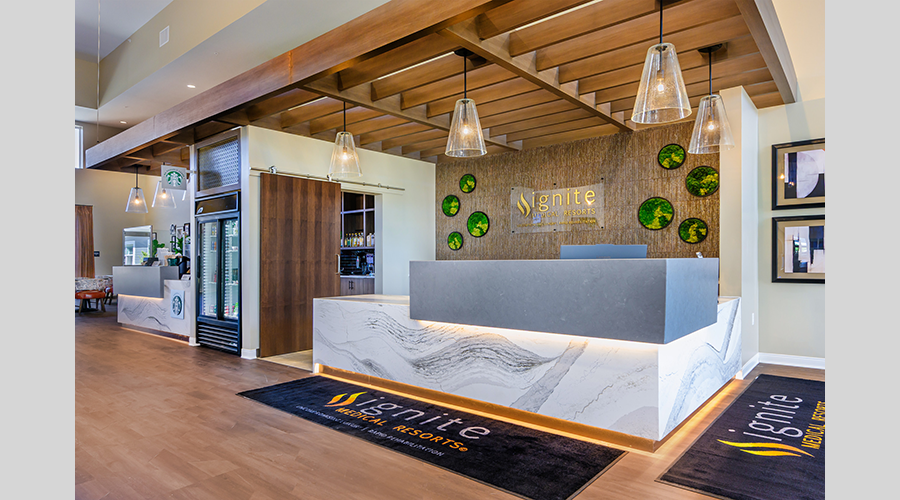Healthcare facility managers have gone to great lengths over the last year to make changes in operations, equipment and procedures to protect patients and staff from COVID-19. From office and restroom upgrades to changes in air filtration and outside air exchanges, they have invested in a range of updates. One technology in particular has drawn scrutiny for its potential benefits — and fir its possible problems related to health.
The market for ultraviolet (UVC) disinfection products has seen a stratospheric rise since March 2020, according to Health Europa. Clinical studies have shown that UVC disinfection is capable of destroying above 90 percent of all pathogen variants. A number of public health organizations have invested in UVC antiviral sanitation products following the advent of the COVID-19 pandemic.
But UVC devices also can be linked to health hazards in cases of improper use. UVC lights are substantially stronger than sunlight and can cause adverse reactions in various skin types. Unprotected exposure to the eyes can also result in photokeratitis of the cornea, according to the International Ultraviolet Association (IUVA).
Also, some UVC products generate ozone as a byproduct of the disinfection process, while others produce high levels of heat and light during operational cycles. Consequently, manufacturers must take care to maintain adequate safety standards and develop adequately detailed operation manuals to assure safe levels of user compliance.

 AI Usage for Healthcare Facilities
AI Usage for Healthcare Facilities Ground Broken on Pelican Valley Senior Living Modernization Project
Ground Broken on Pelican Valley Senior Living Modernization Project All-Electric UCI Health – Irvine Hospital Set to Open
All-Electric UCI Health – Irvine Hospital Set to Open The Rising Strategic Value of Owner's Reps in Healthcare
The Rising Strategic Value of Owner's Reps in Healthcare Lawrence Group Designs Pair of Ignite Medical Resorts in Missouri
Lawrence Group Designs Pair of Ignite Medical Resorts in Missouri